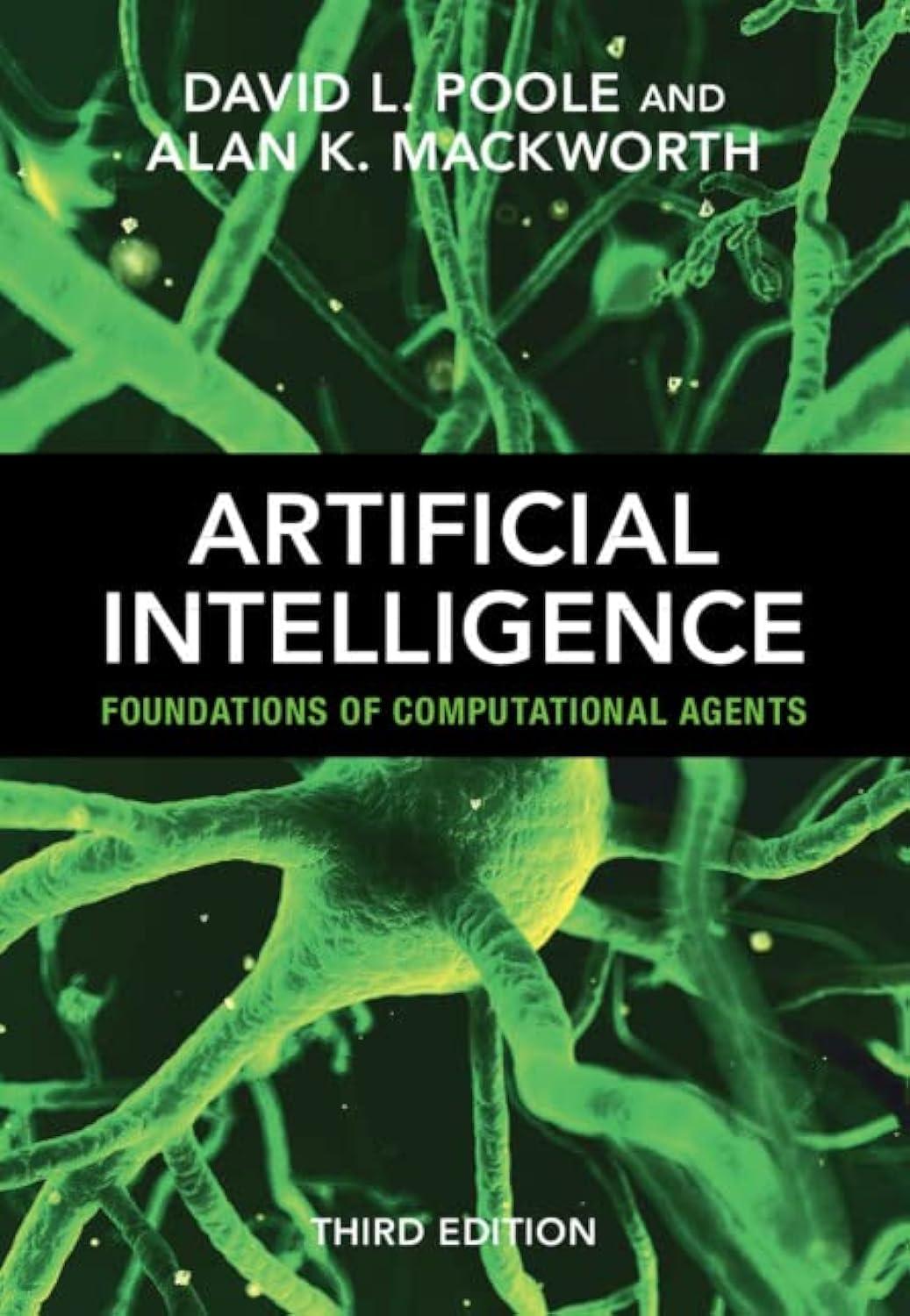Some students choose to cheat on exams, and instructors want to make sure that cheating does not
Question:
Some students choose to cheat on exams, and instructors want to make sure that cheating does not pay. A rational model would specify that the decision of whether to cheat depends on the costs and the benefits. Here we will develop and critique such a model.
Consider the decision network of Figure 12.25. This diagram models a student’s decisions about whether to cheat at two different times. If students cheat they may be caught cheating, but they could also get higher grades. The punishment (either suspension, cheating recorded on the transcript, or none) depends on whether they get caught at either or both opportunities. Whether they get caught depends on whether they are being watched and whether they cheat. The utility depends on their final grades and their punishment.
The cheating decision network in AIPython (aipython.org) provides probabilities to use for the following questions.
(a) What is an optimal policy? Give a description in English of an optimal policy. (The description should not use any jargon of AI or decision theory.)
What is the value of an optimal policy?
(b) What happens to the optimal policy when the probability of being watched goes up? [Modify the probability of “Watched”.] Try a number of values.
Explain what happens and why.
(c) What is an optimal policy when the rewards for cheating are reduced? Try a number of different parameterizations.
(d) Change the model so that once students have been caught cheating, they will be watched more carefully. [Hint: Whether they are watched at the first opportunity needs to be a different variable than whether they are watched at the second opportunity.] Show the resulting model (both the structure and any new parameters), and give the policies and expected utilities for various settings of the parameters.
(e) What does the current model imply about how cheating affects future grades?
Change the model so that cheating affects subsequent grades. Explain how the new model achieves this.
(f) How could this model be changed to be more realistic (but still be simple)?
[For example: Are the probabilities reasonable? Are the utilities reasonable?
Is the structure reasonable?]
(g) Suppose the university decided to set up an honor system so that instructors do not actively check for cheating, but there is severe punishment for first offenses if cheating is discovered. How could this be modeled? Specify a model for this and explain what decision is optimal (for a few different parameter settings).
(h) Should students and instructors be encouraged to think of the cheating problem as a rational decision in a game? Explain why or why not in a single paragraph.
Step by Step Answer:

Artificial Intelligence: Foundations Of Computational Agents
ISBN: 9781009258197
3rd Edition
Authors: David L. Poole , Alan K. Mackworth






